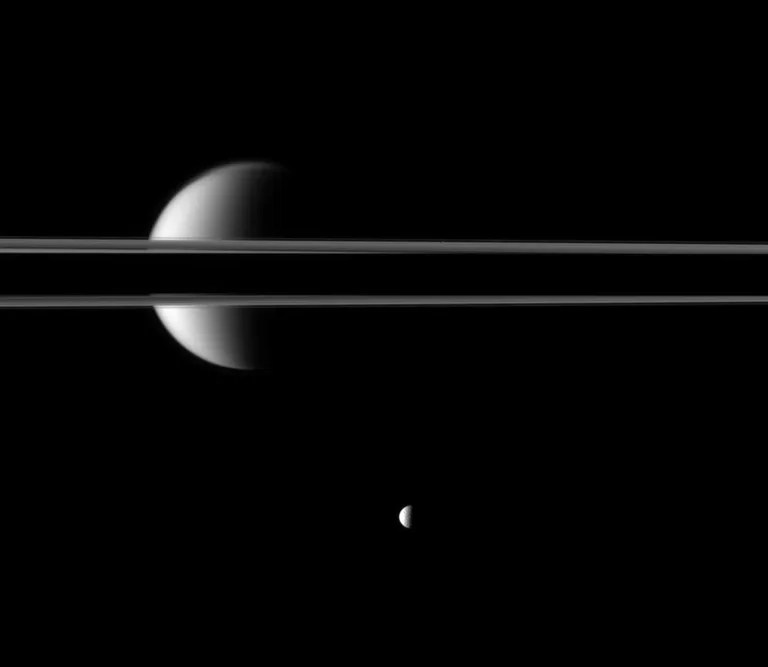1 min read

This is the fifth flyby of the Cassini mission that will be devoted to Titan gravity science. We have two related goals for all gravity science flybys: to measure the fluid and dynamic Love number of Titan and determine Titan's geoid. The determination of the fluid Love number is the only one way to find out with confidence whether Titan has a liquid ocean. The determination of the geoid is also crucial to understanding the internal structure of Titan through correlative analysis of the gravity and RADAR planetary radii data. The Composite Infrared Spectrometer (CIRS) takes advantage of the farthest south atmospheric temperature and composition profiles of the entire extended mission.
Date
May 20, 2010
Altitude
870 miles (1,400 km)
Speed
13,000 mph (5.9 km/sec)







